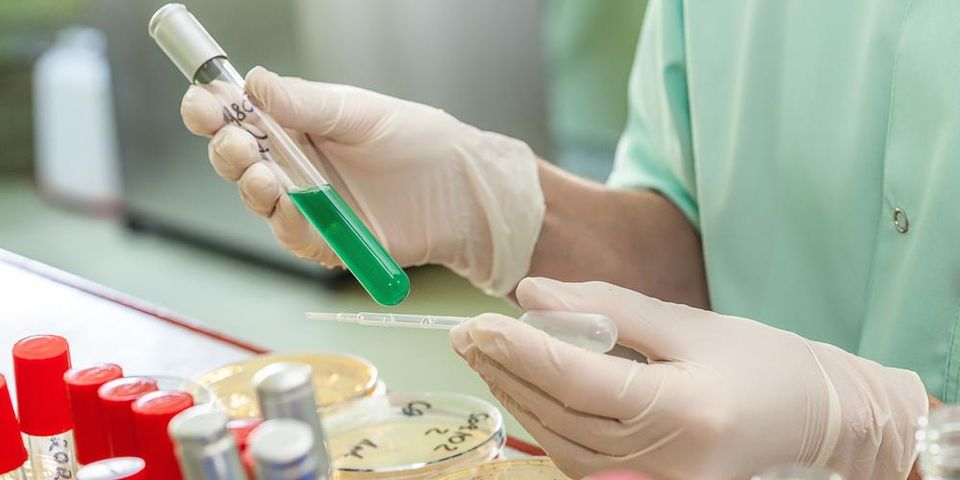A History of Drug Testing

Drug testing is standard practice these days. For instance, potential bosses often require pre-employment screenings and the police may request a test from those involved in a car accident. Drug testing wasn’t always so common, though, and it took decades of technological advancement to create today’s state-of-the-art procedures. Find out how they developed below.
Development in Drug Testing Technology
Records of the first official labs in the U.S. date back to the 1930s—and the first exams weren’t for humans. In 1938, the California Racing Commission asked Truesdail Laboratories to check the saliva of racehorses for potential enhancers.
Up until the 1950s, microcrystalline analysis was the method of choice. Saliva samples were mixed with chemicals, causing them to evaporate and leave behind a crystalline residue. This was then examined under a microscope and compared to crystals produced by common drugs.
The 1950s saw the advent of thin layer chromatography, TLC. This used reactants to produce different colors depending on the drug present. From the 1980s onwards, additional techniques were developed, allowing for more sensitive assessments.
Today, labs rely primarily on two procedures: LC/MS, or liquid-chromatography coupled to mass-spectroscopy, and UHPLC/HRMS, or ultra-high-performance liquid chromatography-high resolution mass spectrometry. These advanced methods allow for more accurate results and cover a greater diversity of compounds than in the past.
Cultural Acceptance of the Value of Drug Testing
President Ronald Reagan’s “war on drugs” played a big role in making testing more commonplace in the 1980s. For example, the Drug-Free Workplace regulation required screenings for any Federal government contract above $25,000.
 In 1991, additional laws were created demanding drug and alcohol testing for employees in safety-sensitive fields like trucking and aviation. Many private employers followed suit, implementing their own programs. Today, even a regular office or service industry job could require an exam.
In 1991, additional laws were created demanding drug and alcohol testing for employees in safety-sensitive fields like trucking and aviation. Many private employers followed suit, implementing their own programs. Today, even a regular office or service industry job could require an exam.
For reliable and accurate drug testing, trust Artesia Drug & Alcohol Screening of Eddy County, NM. With more than 20 years of experience, these professionals pride themselves on their cutting-edge technology and fast and friendly service. Visit their website for a full breakdown of their offerings, including Department of Transportation DOT physicals. Or, if you have questions, give them a call directly at (575) 746-3404.
About the Business
Have a question? Ask the experts!
Send your question

